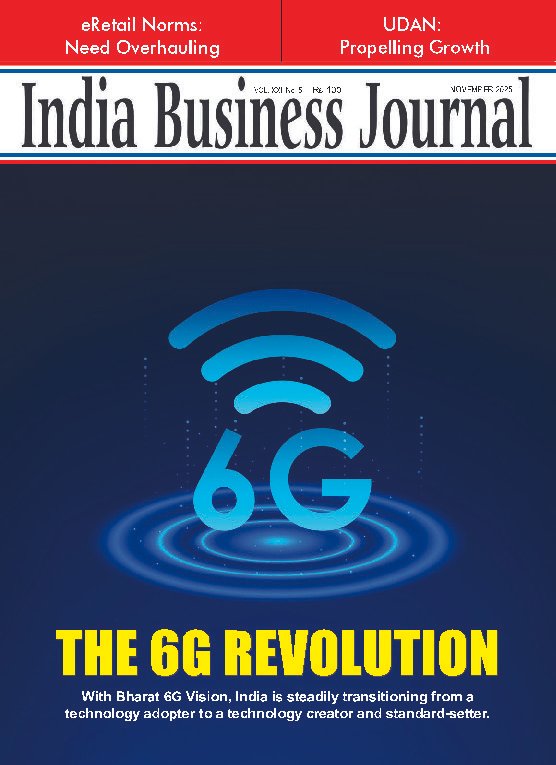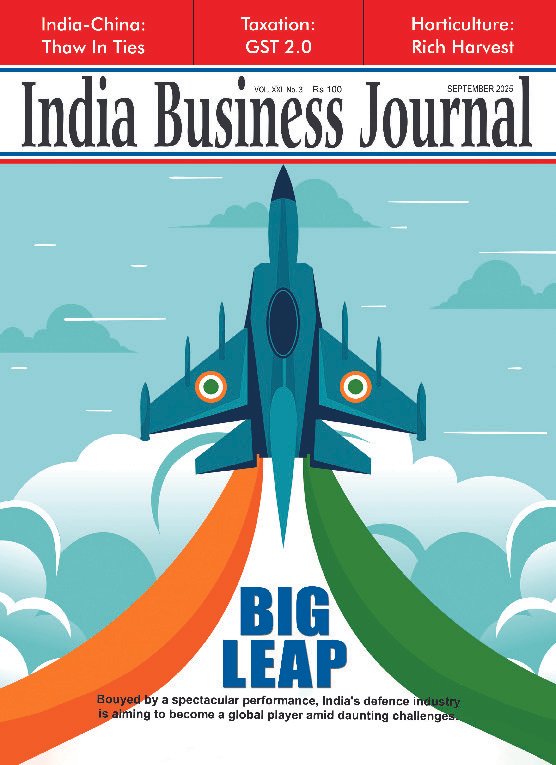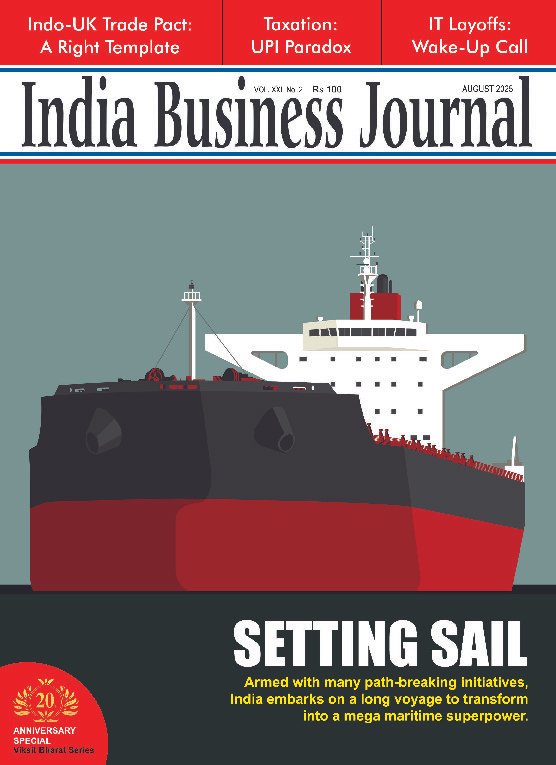ECONOMY
Chandrayaan-3’s success makes India a space power and brings many tangible gains
- IBJ Bureau
- Aug 31, 2023

On August 23, at a little past 6 pm Vikram, the lander of Chandrayaan-3, landed on the moon’s South Pole. The success of Chandrayaan-3 is one of the most defining moments in the country’s history. India is one of the four countries to accomplish a soft landing on the lunar surface and the first to do so near the moon’s South Pole.
India is already in several elite clubs. It is among seven countries to have an inter-continental ballistic missile system, among only four countries to have an anti-ballistic missile system and among four to have an anti-satellite weapon. And now, Chandrayaan-3 has added the country to one more of the very-few-countries list.
If Chandrayaan-3 is a roaring success today, it is because it rises on the shoulders of its two predecessors, deriving lessons from them. Chandrayaan-1 launched on October 22, 2008, was to demonstrate India’s ability to send a spacecraft to lunar orbit. Chandrayaan-2, on July 22, 2019, failed to soft-land the lander, but provided rich data and many precious lessons.
The country has a comparatively low-budget aerospace programme. But the efficiency and cost-effectiveness with which ISRO carries out its projects have helped in building a formidable brand name for the space agency. Chandrayaan-3 was accomplished at a cost of Rs 615 crore – a fraction of the cost of an Airbus. Russia’s Luna 25, which crashed just days before India’s successful lunar mission, came with a price tag of Rs 1,600 crore and China’s moon mission cost it more than Rs 1,700 crore.
The successful moon mission consolidates India’s position as a space power. The country has already earned a reputation for itself with its successful commercial launches of satellites for other countries. It is now leveraging its technological prowess and geopolitical advantage to expand its presence in the space industry. It is rightly and decisively turning its focus to planetary exploration and deep-space missions. The upcoming missions – human space mission Gaganyaan and solar mission Aditya L-1 – are as prestigious as Chandrayaan-3 and perhaps even more complex.
Data from Chandrayaan-3’s scientific instruments will be crucial because the mission will be the first to physically, chemically and thermally characterise the soil, sub-soil and air near the moon’s South Pole on location. India has some measure of technological superiority now compared to most other space-faring countries, and it should and will certainly take advantage of the situation to take the lead, at least in some spheres of the space programme.
Meanwhile, there will be other tangible benefits from the success of Chandrayaan-3. It can profoundly polish India’s image as a technology destination for young talent. Space science is already emerging as an important complement to information technology for the brightest minds in the country. Moreover, opening up the space sector to private industry has seen a proliferation of startups in the last few years.
The credibility that is built with missions like Chandrayaan-3 is sure to rub off on these startups as well. It will open up business opportunities for the startups within and outside India. In fact, space technologies are already one of the most aggressively-marketed offers in India’s diplomatic dealings with other countries.
The success of Chandrayaan-3 occurs at a very significant time. India is now a member of the Artemis Accords, the US-led multilateral effort to place humans on the moon by 2025. It will thereafter expand human space exploration to the earth’s wider neighbourhood in the solar system. Given the firsts that India has now achieved, it has an opportunity to lead some of the other Artemis countries in maximising scientific and economic gains from the space sector.





















Report By
View Reporter News